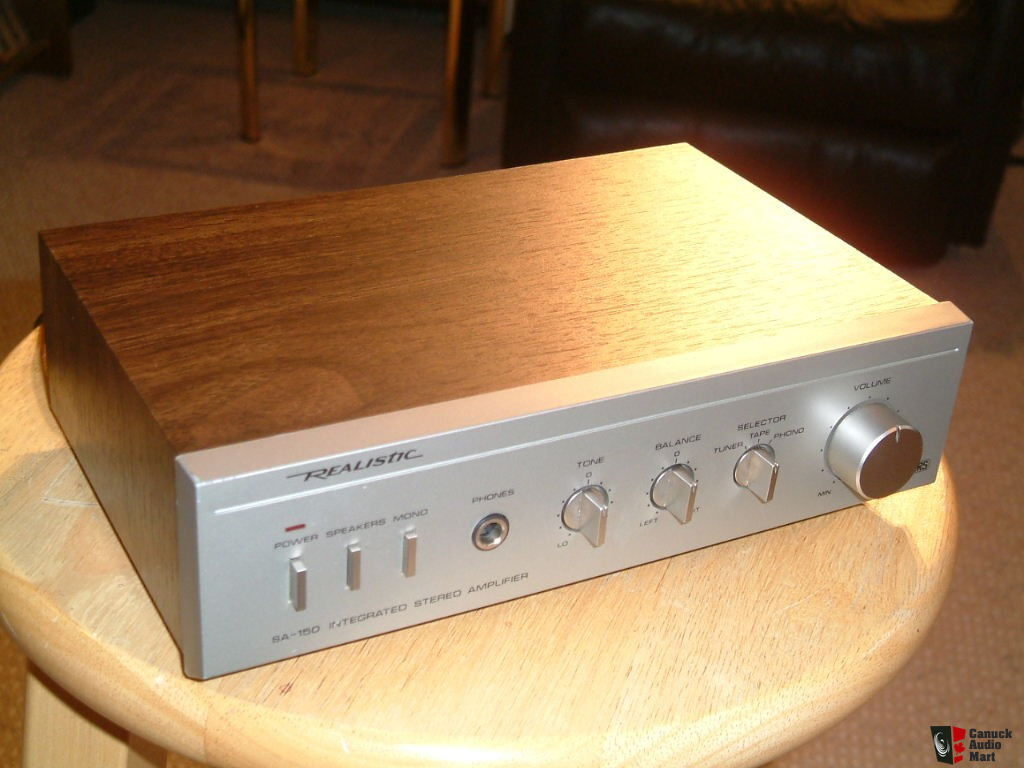Okay!!! Time for some measurements...
From the listening position placing the microphone so it is aimed at the left speaker from where my left ear is located while seated and listening for the left channel speaker, then placed where my right ear is for the right speaker, here are the two frequency response curves in the room:

Since these are line arrays and as such there is a ton of phase interaction between the drivers, I took 16 measurements, 8 for each speaker, at 8 locations across the overall listening area which consists of three smallish dining table chairs, then average all 16 curves together, this is what you get for an overall room curve:

In general, the overall response is +/- 3.5dB, 24 - 20,000Hz. Also, if you ignore the dip at 180Hz, you could say they are +/- 3dB, 25 - 17,000Hz. Either of those "specifications" is pretty darn good given what I paid for the components.
All in (drivers, wood, subwoofer amps, stuffing, pain/finishing, hardware, wire, crossover parts, etc.) these cost me about $970 for the ingredients. The value of the time I put into them is a different calculation.
From the listening position placing the microphone so it is aimed at the left speaker from where my left ear is located while seated and listening for the left channel speaker, then placed where my right ear is for the right speaker, here are the two frequency response curves in the room:

Since these are line arrays and as such there is a ton of phase interaction between the drivers, I took 16 measurements, 8 for each speaker, at 8 locations across the overall listening area which consists of three smallish dining table chairs, then average all 16 curves together, this is what you get for an overall room curve:

In general, the overall response is +/- 3.5dB, 24 - 20,000Hz. Also, if you ignore the dip at 180Hz, you could say they are +/- 3dB, 25 - 17,000Hz. Either of those "specifications" is pretty darn good given what I paid for the components.
All in (drivers, wood, subwoofer amps, stuffing, pain/finishing, hardware, wire, crossover parts, etc.) these cost me about $970 for the ingredients. The value of the time I put into them is a different calculation.


